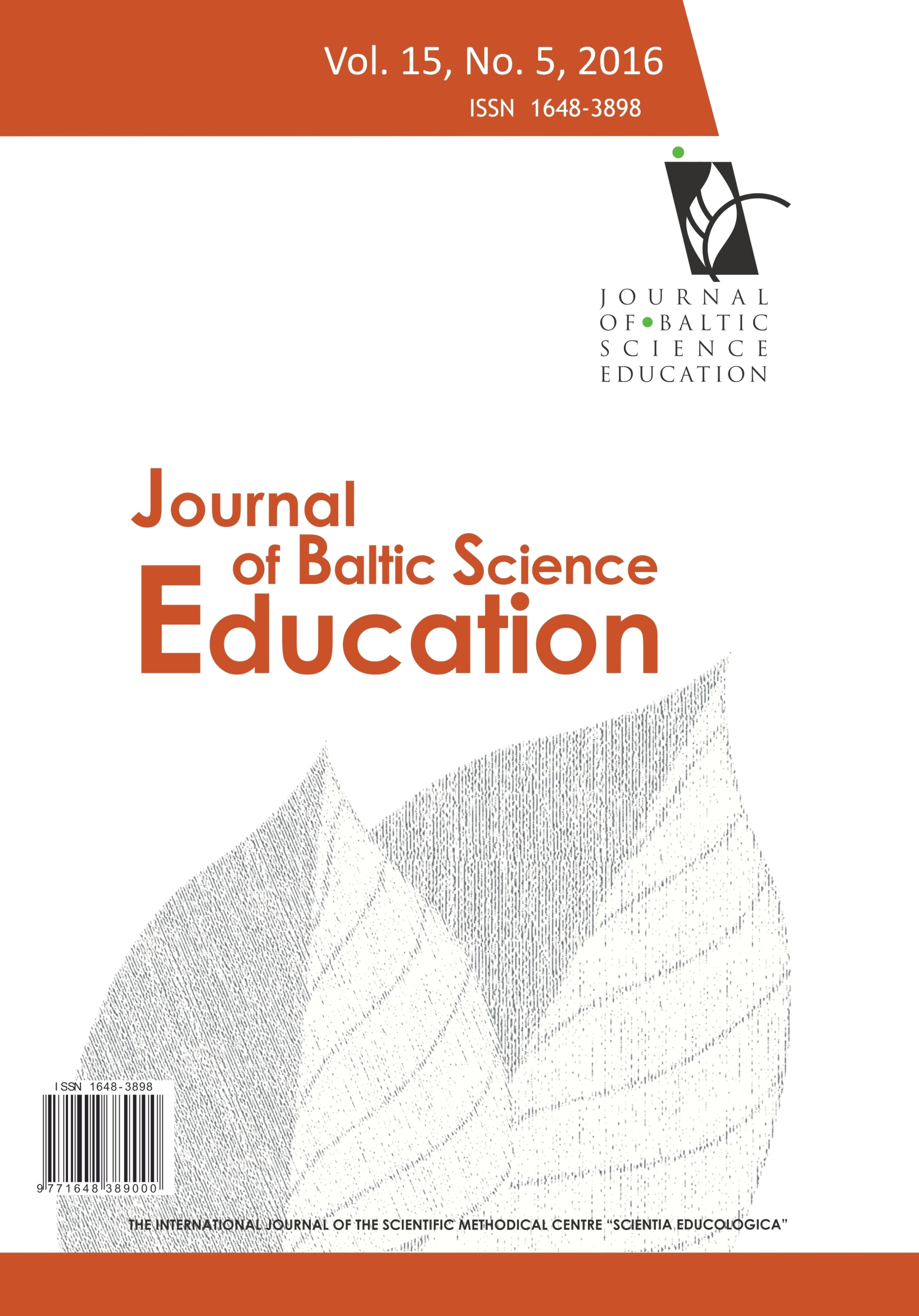THE EFFECTS OF PROBLEM-BASED LEARNING WITH THINKING MAPS ON FIFTH GRADERS’ SCIENCE CRITICAL THINKING
THE EFFECTS OF PROBLEM-BASED LEARNING WITH THINKING MAPS ON FIFTH GRADERS’ SCIENCE CRITICAL THINKING
Author(s): Nyet Moi Siew, Ruslan MapealaSubject(s): Education, School education
Published by: Scientia Socialis, UAB
Keywords: critical thinking; fifth graders; problem-based learning; thinking maps;
Summary/Abstract: This research was conducted to evaluate the effects of Problem-based Learning (PBL) with Thinking Maps (TM) teaching method (PBL-TM) on Fifth Graders’ science critical thinking. The critical thinking skills evaluated were Comparing and Contrasting, Sequencing, and Identifying Cause and Effect in physical science. A quasi-experimental pre-test and post-test control group design was employed in the research. The sample consisted of 270 Fifth Graders (age 11 years old) from three primary schools in Tawau, Sabah, Malaysia who were all randomly selected and assigned to PBL-TM (n=90), PBL (n=90), and Conventional Problem Solving (CPS) (n=90) teaching groups. The 30-item Test of Science Critical Thinking was used as the pre-test and post-test. The three thinking maps used were Double Bubble Maps, Flow Maps, and Multi-Flow Maps. A MANCOVA was conducted on the post-test scores with students’ pre-test scores as the covariates. The result indicated that students in the PBL-TM group significantly outperformed their counterparts in the PBL group who, in turn, significantly outperformed their counterparts in the CPS group in Comparing and Contrasting, Sequencing, and Identifying Cause and Effect. The findings suggest that thinking maps, which were explicitly infused into problem-based learning is effective in promoting critical thinking among Fifth Graders in physical science lessons.
Journal: Journal of Baltic Science Education
- Issue Year: 15/2016
- Issue No: 5
- Page Range: 602-616
- Page Count: 15
- Language: English

